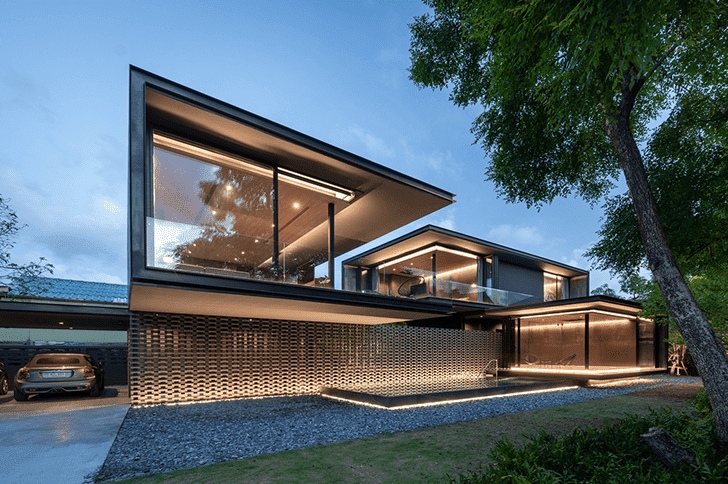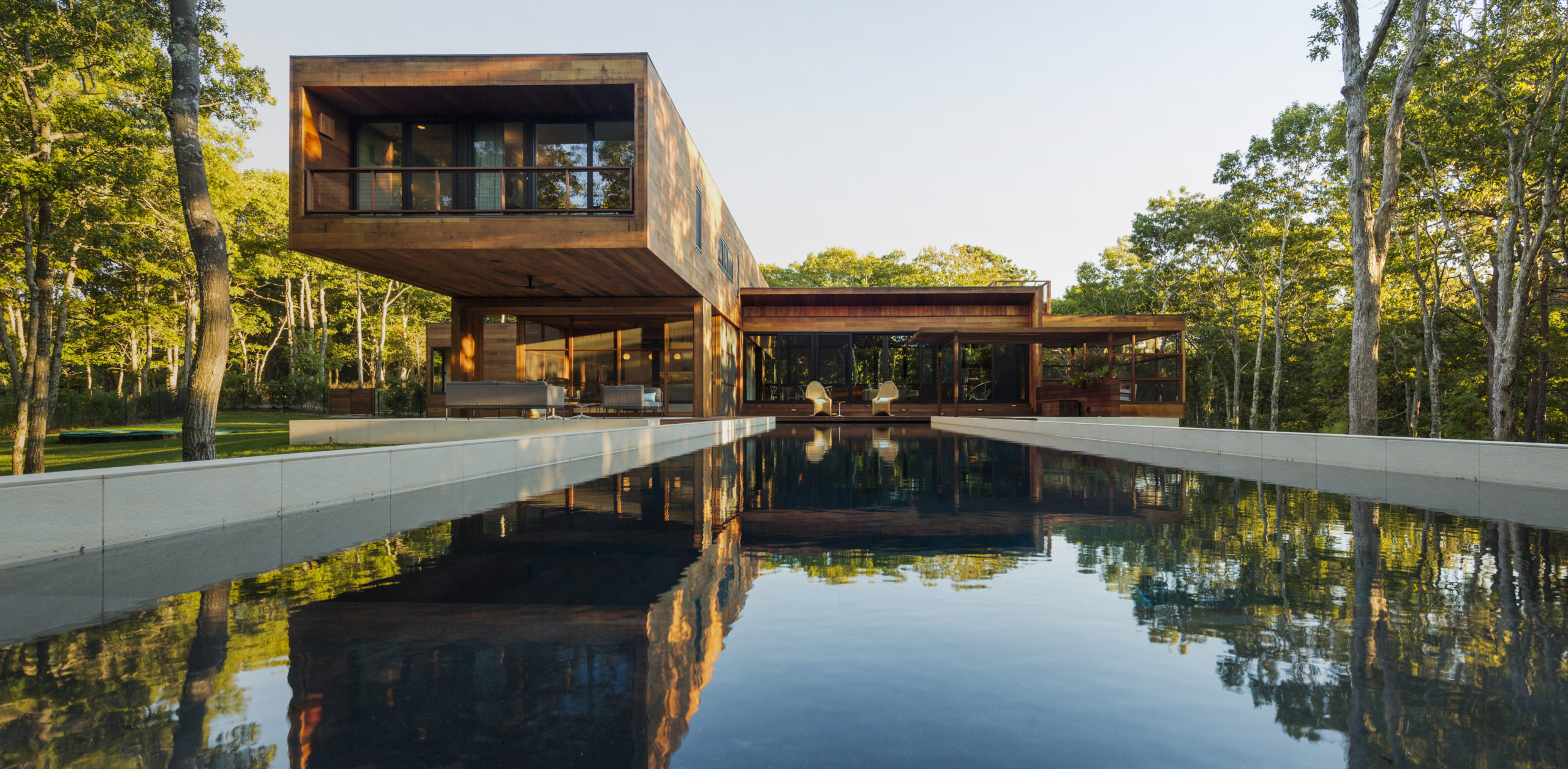Find the Best Residential Architects for Modern and Sustainable Home Designs
Find the Best Residential Architects for Modern and Sustainable Home Designs
Blog Article
Top Patterns in Residential Design You Ought To Understand About
As household architecture continues to develop, numerous compelling trends are shaping the means we make and inhabit our living rooms. Key developments such as sustainable building techniques, the integration of wise home technology, and the surge of modular homes underscore a significant change in the direction of both performance and environmental responsibility.
Lasting Building Practices
A boosting number of household tasks are embracing sustainable structure techniques, driven by an expanding understanding of ecological influence and energy performance. This shift is characterized by the integration of green products, energy-efficient designs, and cutting-edge building approaches. Home builders and property owners are significantly prioritizing using renewable energies, such as bamboo and recycled metals, which not just minimize the carbon impact but additionally improve the sturdiness and aesthetic allure of homes.
Incorporating energy-efficient systems is another essential element of sustainable building - residential house architect. Features such as high-performance insulation, energy-efficient windows, and solar panels are coming to be requirement in new residential styles. These aspects not only add to lower energy consumption however also offer significant lasting financial savings for homeowners
Furthermore, the design of lasting homes typically emphasizes natural light and ventilation, decreasing the reliance on artificial illumination and climate control systems. Landscape design methods, such as xeriscaping, further promote sustainability by decreasing water usage.
As the demand for lasting living services proceeds to climb, the household architecture sector is poised to innovate and adapt, making certain that future homes are not just ecologically responsible however functional and additionally comfy for their owners. - residential house architect
Smart Home Technology
Smart home innovation is changing the means property owners interact with their home, enhancing comfort, energy, and safety and security monitoring. This ingenious approach integrates various devices and systems, enabling individuals to manage their homes remotely or with automated procedures. Central to this fad is the use of smart gadgets such as thermostats, illumination, protection cameras, and home appliances, all connected through the Web of Points (IoT)
One of one of the most enticing features of wise home innovation is the ability to personalize setups for ideal power efficiency. House owners can keep an eye on power usage and readjust lighting, cooling, and home heating based on their routines, substantially reducing utility prices. Sophisticated safety and security systems outfitted with wise locks and monitoring cameras supply peace of mind, allowing remote tracking and informs to potential safety breaches.
Integration with voice-activated aides enhances individual experience, enabling house owners to manage tools with straightforward voice commands. As modern technology remains to advance, the possibility for smart home systems to enhance top quality of life expands, making them a vital factor to consider in modern household design. Ultimately, clever home innovation is not merely a trend but a basic change towards more smart living settings.
Open Principle Living
Open idea living has arised as a defining attribute in modern household style, defined by the elimination of traditional barriers in between areas. This style philosophy advertises fluidity and connection within the home, permitting a smooth shift between locations such as the kitchen, eating, and living spaces. By removing walls and dividings, open principle layouts produce a feeling of space, cultivating a welcoming atmosphere that boosts social communication.

Furthermore, this technique to domestic style straightens with minimalism, concentrating on useful simplicity and visual comprehensibility. Homeowners value the convenience of these designs, which can be quickly adapted to mirror individual style via furnishings plan and decor. As open principle living remains to acquire traction, it stays a testament to developing household characteristics and the need for homes that boost connection and comfort.
Biophilic Design
Biophilic style has actually come to be increasingly substantial in property architecture, emphasizing the intrinsic link in between people and nature. This layout ideology looks for to integrate natural environments right into living spaces, thereby fostering a sense of wellness and boosting the lifestyle for occupants. By incorporating features such as natural light, vegetation, and natural materials, biophilic layout advertises a harmonious partnership between indoor settings and the environment.
Crucial element of biophilic layout include huge windows that provide unobstructed views of outside landscapes, living wall surfaces that introduce plant right into insides, and open floor plans that motivate air flow and all-natural light infiltration. Water functions, both within and outside the home, serve to create relaxing environments and improve sensory experiences.
Moreover, using lasting materials not only supports ecological stewardship however additionally contributes to much healthier indoor air high quality. As awareness of ecological concerns boosts, house owners are significantly prioritizing layouts that show their connection to nature. Fundamentally, biophilic design not only elevates visual home charm but likewise addresses emotional and psychological demands, making it a crucial trend in modern property design.
Modular and Prefab Houses

Furthermore, prefab and modular homes are developed with sustainability in mind. Lots of manufacturers utilize eco-friendly materials and energy-efficient systems, such as solar panels and progressed insulation strategies, adding to reduced power usage and lower energy costs for house owners. The flexibility of style choices permits personalization, providing to varied visual choices and practical demands.
As the demand for inexpensive real estate remains to increase, prefab and modular homes provide a sensible option, addressing both financial and ecological challenges. Areas are progressively acknowledging the potential of these structures, incorporating them right into country and metropolitan settings. Generally, the trend towards prefab and modular homes symbolizes a shift toward a lot more lasting, efficient, and adaptable living atmospheres, making them a pivotal facet of modern household architecture.
Conclusion
Finally, the evolving landscape of domestic design showcases significant trends that focus on modern technology, health, and sustainability. Sustainable building practices and wise home innovations improve effectiveness and comfort, while open idea living and biophilic design foster social other interaction and a connection to nature. Furthermore, the rise of prefab and modular homes offers adjustable and budget friendly services, reflecting a broader shift towards useful and accountable living. These trends jointly highlight a dedication to creating harmonious and my company ingenious domestic settings.
Key advancements such as sustainable building practices, the assimilation of wise home technology, and the rise of modular homes highlight a considerable change in the direction of both capability and environmental responsibility.The rise of prefab and modular homes has changed the property architecture landscape, offering innovative options for reliable and lasting living.In addition, prefab and modular homes are developed with sustainability in mind. In general, the pattern towards modular and prefab homes represents a shift toward more sustainable, reliable, and versatile living settings, making them a pivotal element of contemporary property architecture.
Lasting building practices and smart home modern technologies boost effectiveness and ease, while open concept living and biophilic layout foster social communication and a connection to nature.
Report this page